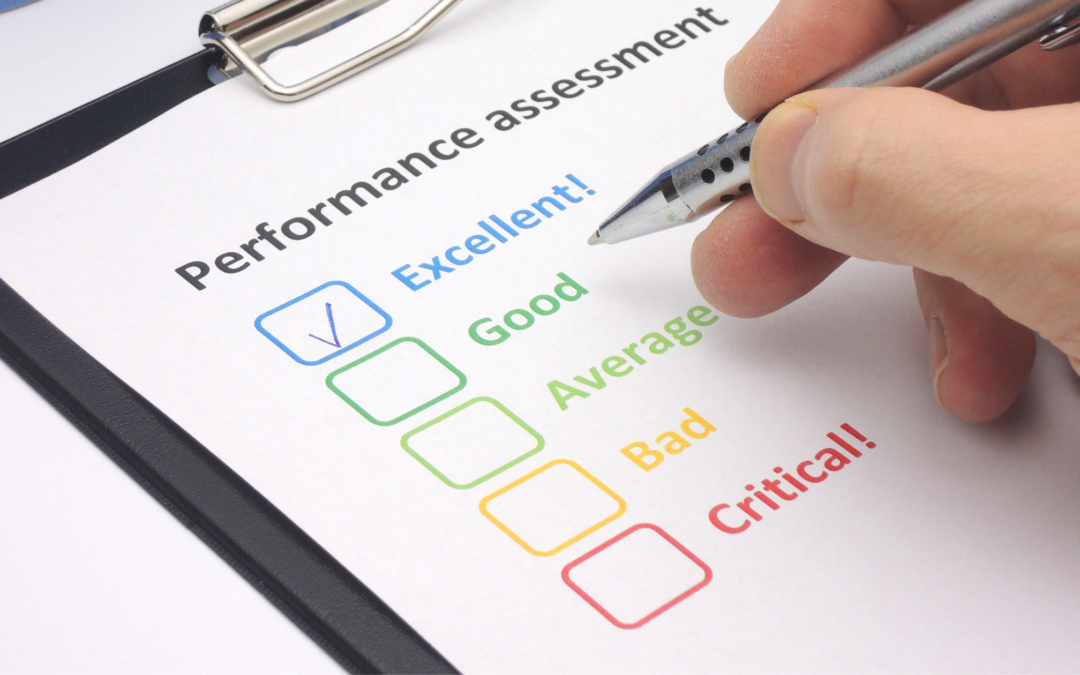Employees of any company often expect to perform some sort of assessment on their performance each year, often as one part of the annual review process. Self-assessment and reflection are important skills for identifying areas of both development and opportunity as individuals continue to grow in their career path. The Board of Directors can also expect to provide an assessment of their key staff lead and/or partnering AMC on an annual basis. This is a crucial part in maintaining an open, trusting and growing partnership between board leaders and association staff.
Assessing Your Board
But how do boards receive feedback or assessments of their own work as volunteer leaders? If feedback and assessment are crucial ingredients in continued growth and long-term success, should boards also be receiving these opportunities? Board assessment is often a self-reflection and group peer review process focused on assessing the way the whole Board functions, while also asking for Board members to anonymously assess their own contributions and engagement as a member of the Board.
Ensuring Anonymity
A foundational piece of the process is ensuring true anonymity for board responses, while also allowing for full participation of the board in the assessment process. A comprehensive assessment cannot be performed without full input in this situation, as often 2-3 missing contributors could greatly impact the overall outcome of response when factored against the average board size of 11-15 individuals.
Asking the Right Questions
The questions you ask may depend on the role your board plays in running the initiatives of your association and the responsibilities assigned to your board. Are board members required to be engaged members of committees? Or do you ask your board to be more strategy focused? The questions in your assessment should reflect the outcomes you look to your board to provide. Sometimes your questions are reaction statements – something along the lines of “We participate in board meetings where the majority of our agenda and discussions are focused on issues of direction setting, policy and strategy.” Answer options may include: Exactly like us, Somewhat like us, Not like us, or a scale of 1-10 of how like you that statement sounds.
A few questions to consider including are:
- We look for data to inform our decision-making process.
- We ensure all individuals are encouraged and supported in making contributions to discussions and decisions to ensure all thoughts are considered when making decisions and don’t allow a single individual or group to dominate discussions.
- We do not redo the work of committees, task forces or work groups.
- We support group or Board decisions cooperatively reached.
Scatter charts are often enlightening ways to review the results of a board assessment, to ensure that average responses, but also outlier responses are noted and discussed as a group. Questions to explore in discussion are different factors that could influence responses, whether action should be taken to address those concerns, or if there are additional factors to consider impacting responses. The goal of a board assessment is to be thoughtfully reflective, seeking to identify strengths, but also areas for improvement when seeking to best serve your association’s members who elected you to guide the organization. What areas might there be room to improve on?
How Often to Assess?
Boards are encouraged to perform an assessment on an annual basis. Set goals for yourself as a board and hold yourself and your fellow board members respectfully accountable to those goals. Where were you on these measures last year? Did you improve where you sought to make changes? When thoughtfully constructing, completing and discussing these assessments each year, you’ll continue to grow in your effectiveness as individual board members as well as building a cohesive Board of Directors.
